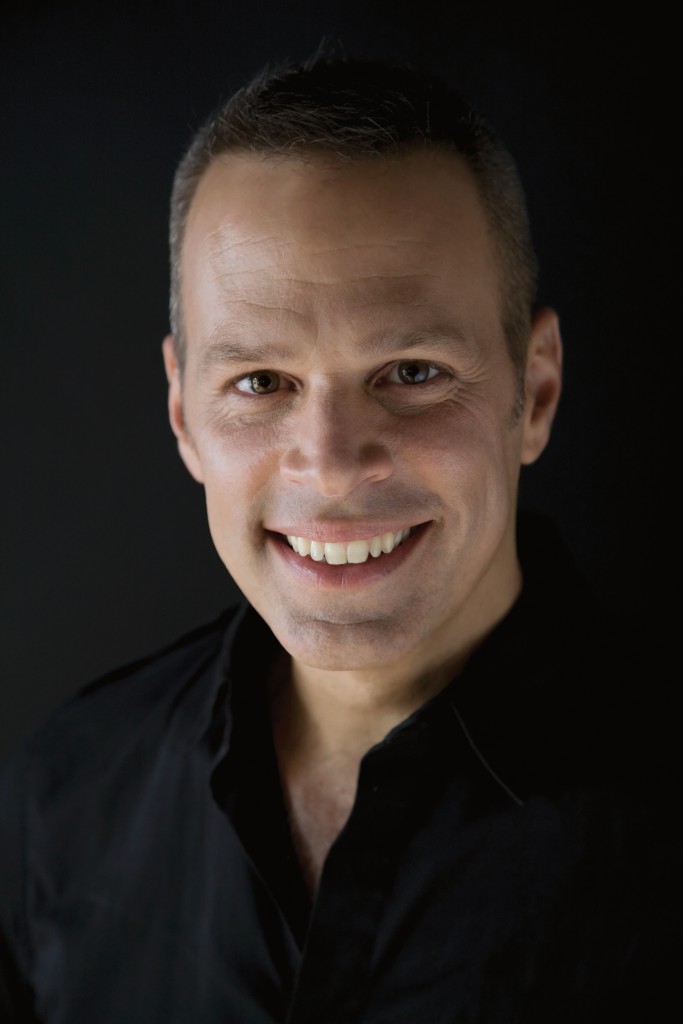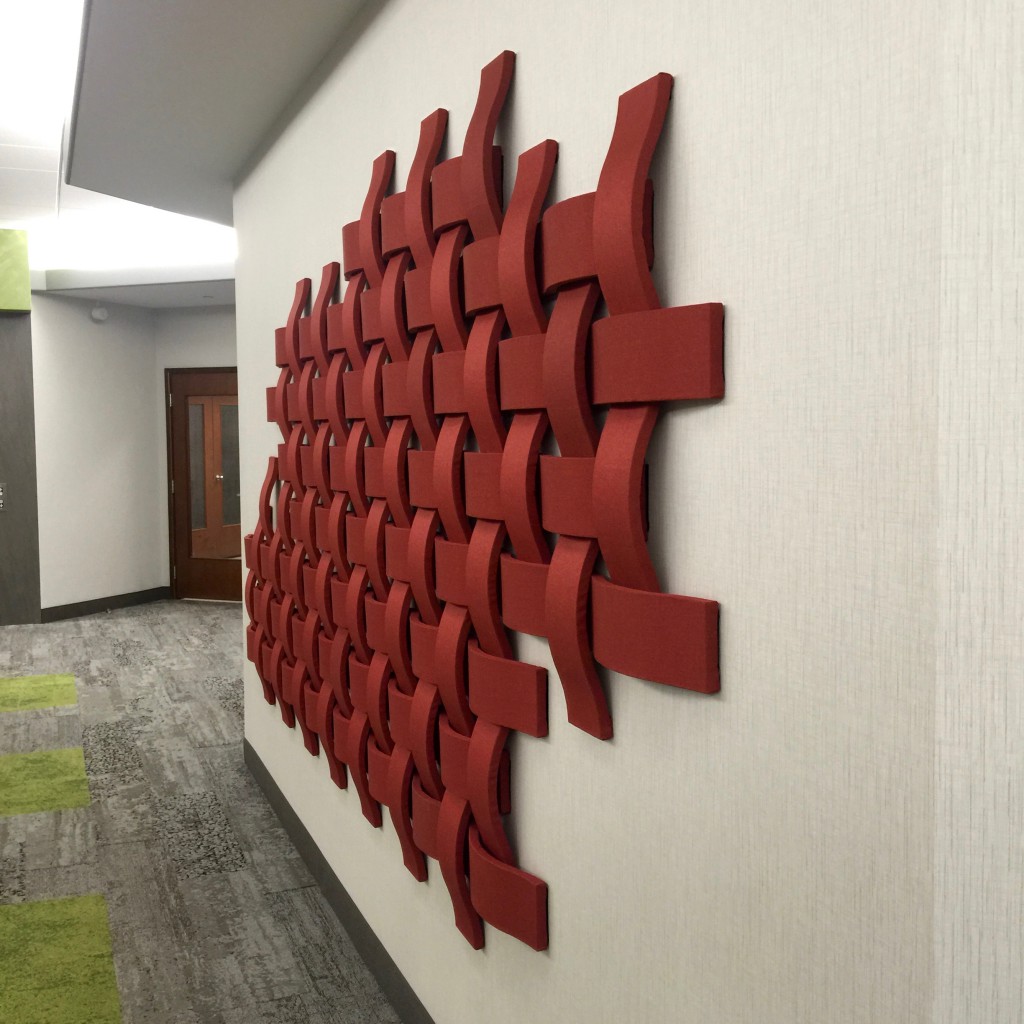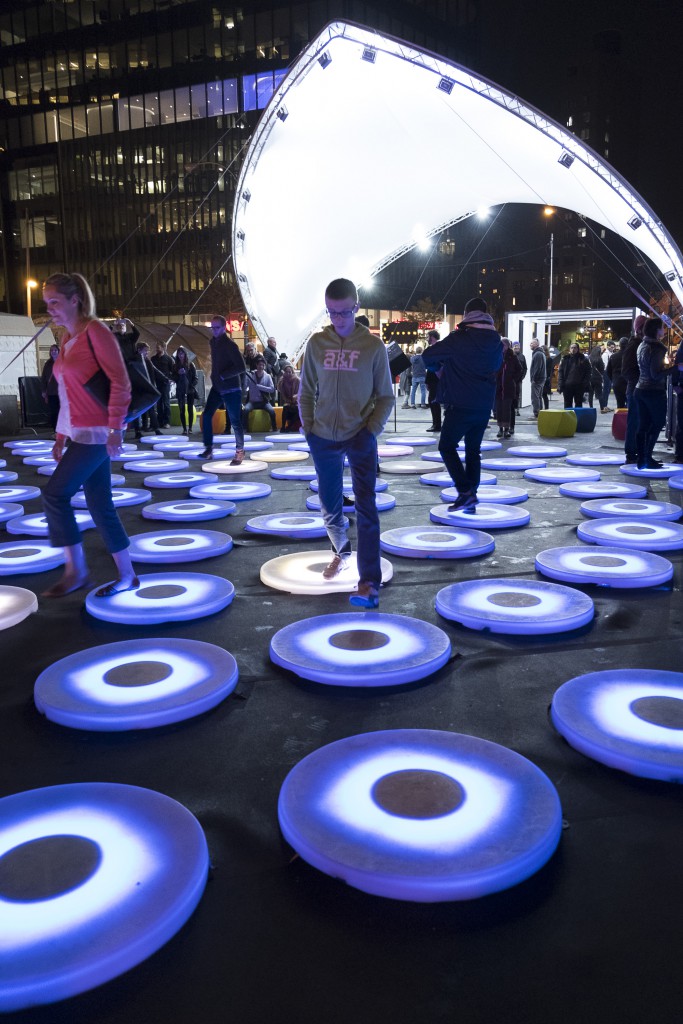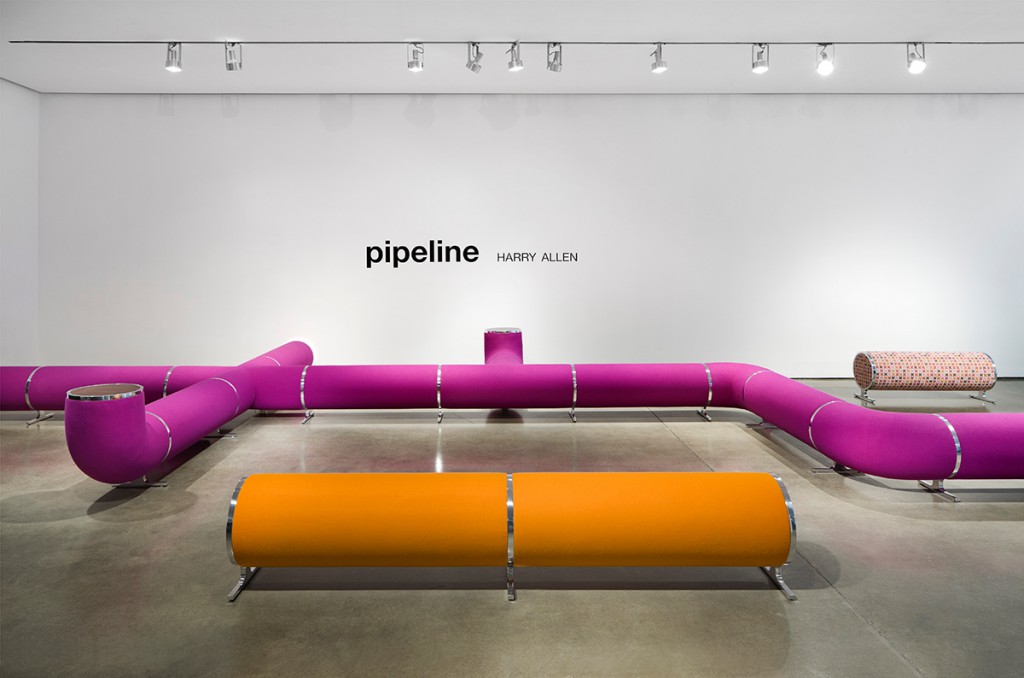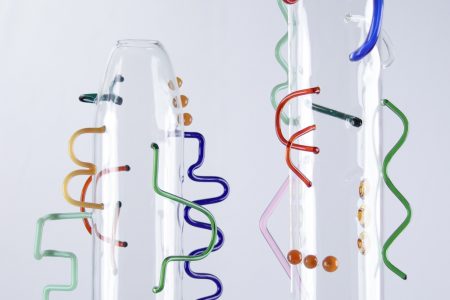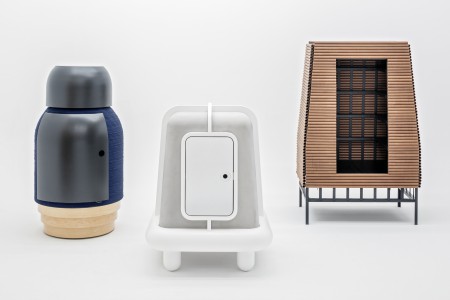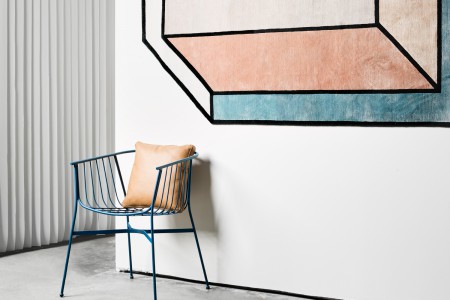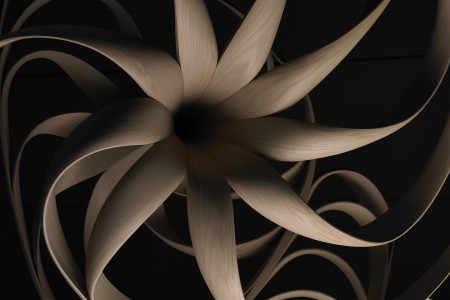Harry Allen: NYCxDesign and Times Square Alliance
TLmag sat down with Allen to discuss his curatorial interests, the plans for this year’s Design Pavilion and his thoughts on bringing design to a greater audience
Harry Allen, a household name in American design, is not only a participant in NYCxDesign, but also an active curator. He has contributed to the Design Pavilion in Astor Place, a highly successful five-day event that debuted in 2016 and is ready to go again this year. Known for his clever designs, Allen has a vision that emulates an artistic approach to design-making and presentation. TLmag sat down with Allen to discuss his curatorial interests, the plans for this year’s Design Pavilion and his thoughts on bringing design to a greater audience.
TLmag: What is the Harry Allen philosophy and how has it evolved?
Harry Allen: I am an industrial designer by training and I went to Pratt. I grew up in New Jersey, so I always knew I would end up in New York City and have always wanted to practice here. I started out in interiors, but in the last couple years I have done that less and less, but I am happy that’s the case. I enjoy product design—furniture, lighting, packaging—and this has been my focus for the last couple years. I find the question regarding my philosophy challenging because my works range from being very artful to being very practical and everything in between. I suspect I have a personal style, everyone tells me that I do, but I approach every project from a different angle, so it’s a little bit hard to pin down.
TLmag: Have you always wanted to end up in curatorial work? What path led you to be a part of a curatorial projects like the Design Pavilion?
H.A.: The Design Pavilion has just been an add-on to my many interests and approaches. It’s really fun for me, because it’s a very different part of my head. As a designer in Europe, you generally get to a point professionally where you become the creative director of a company. That just doesn’t exist here; most of the time, companies have in-house creative directors and I have never been able to find that position. That bums me out because that’s the point in your career where you can start giving back. You can take advantage of your well-developed rolodex of designers, fabricators and artists to really make things happen. This opportunity with the Design Pavilion came about very organically. Eileen Shaw, a great friend of mine and a well-respected member of the design community, reached out and asked if I could help organise this event. As the second year drew closer, I got more and more involved. That made me very happy because I grew into this curatorial role, and it satisfied my desire to give back.
TLmag: How does your multi-disciplinary practice lend itself to a curatorial position with NYCxDesign, what is your vision for the Design Pavilion and what do you hope it achieves?
H.A.: Well, all forms of design are interesting. It has the power to entertain and teach. I look at it as a platform for teaching people about design. Industrial design is the forgotten design in the United States, yet everyone uses industrial design every day and all day long. The profession has become lost in a sea of many new kinds of design and more easily recognisable design titles, like interior designer, architect or software designer. And while the Design Pavilion is not just about industrial design, it is an opportunity to educate the public on what design is and what it can be.
TLmag: Speaking of your goal of reaching a larger audience, the Design Pavilion saw a huge turnout. What elements of the 2016 Design Pavilion lent themselves well to engaging the audience as it did?
H.A.: Well, while I love shows like Wanted Design, ICFF, Salone, etc., there’s a little bit of navel-gazing. It is always the design community looking at the design community. But there are so many amazing things that the public never gets to see. We want to bring design to a wider audience, so when we were putting together 2016, I had a few ideas of what I wanted to have done. I knew the concept behind the American Design Club’s annual themed show would be something the public would love to engage with, and they did. The theme was an interesting setting for viewing designs because it created this common denominator that made you start comparing things, very much unlike a typical retail experience. We wanted to feature the work of Ecovative, an innovative materials manufacturer, to inspire the public as a jumping-off point. Also, featuring Ecovative in our pavilion said something about who we were and what the design community values; people loved that too. I was initially skeptical about the more interactive elements because I am not one personally to engage with those types of installations. But we had that beautiful installation by Jen Lewin, with the lit pieces of a pool, and I completely underestimated the power of that work to engage passers-by.
TLmag: What can viewers expect to experience this year in the Design Pavilion?
H.A.: Well, there are a lot of moving parts that we are working on, but we know that Dupont and IBM are both coming back to participate. We are working out Dupont’s role for this year. Last year, they had that great “charging bar” that was very interactive, and we are working on doing something like that again, since a bar is almost a symbolic gathering point. But right now, we are still at a point where I am acting as a conductor, orchestrating the creative ideas of many, to formulate how the Design Pavilion will fully condense this year. We also have an exciting element to the show by Made Out of What, a group that curates designs made from recycled and repurposed materials. Also, our new spot in Times Square is allowing us to sell merchandise this year, which was not permitted in Astor Place, so we are also compiling a marketplace. However, we don’t just want it to be stuff on a table—we are working out different pop-up retail concepts to experiment with.
TLmag: Speaking of Times Square, what are your thoughts on or expectations for the space, and how is it different from Astor Place?
H.A: Astor Place was difficult to do for a variety of reasons. It’s hard to do something on the streets of New York—there are so many zoning rules and regulations you have to keep in mind. The city came to us and offered us this wonderful opportunity to have the program there, and I have a lot of respect for the place and the Times Square Alliance. They do a lot of amazing art installations there. And while there is this stigma in connection to Times Square, there is no better place if we are going to be the public interface to the design community. Some fear that the design integrity of the installation will suffer from this new location, that it won’t be “cool.” But keep in mind that 350,000 people walk through there every day—that’s integral to the success of our mission to educate a lot of people about design. If I can have a really cool market, where people are walking through and learning about digital printing and digital fabrication and interesting design, then I will have succeeded in my mission. In regards to Times Square, we have a few ideas on the table of how to respond to the new location. I am trying to do something with food since they have all those food carts there. We have some conversations going regarding an entertainment area as well to respond to the Broadway entertainment for which the area is known.
